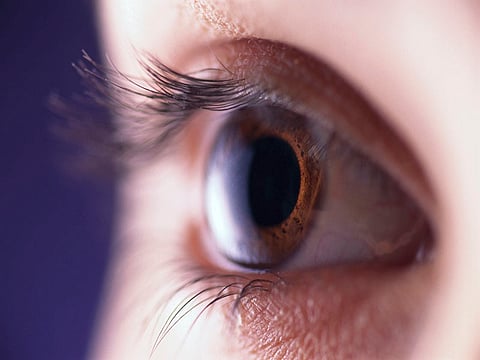FRIDAY, Sept. 25, 2020 (HealthDay News) -- Several pupillary light reflex (PLR) metrics are increased for adolescents with concussion versus healthy controls, according to a study published online Sept. 24 in JAMA Ophthalmology.
Christina L. Master, M.D., from the Children's Hospital of Philadelphia, and colleagues examined the potential utility of PLR metrics as physiological biomarkers for concussion in a prospective cohort of adolescent athletes between the ages of 12 and 18 years. The study included 134 healthy individuals and 98 athletes with a diagnosis of sports-related concussion. PLR metrics were obtained for participants at a median of 12.0 days following injury.
The researchers found that after Bonferroni correction, eight of nine metrics were significantly greater among athletes with concussion (e.g., maximum pupil diameter: 4.83 versus 4.01 mm; minimum pupil diameter, 2.96 versus 2.63 mm; percentage constriction: 38.23 versus 33.66 percent; average constriction velocity: 3.08 versus 2.50 mm/s; and T75: 1.81 versus 1.51 seconds). Sex-based differences were observed in exploratory analyses, with longer T75 for girls with concussion (1.96 versus 1.63 seconds). Diminished PLR metrics were observed after exercise among healthy control individuals (e.g., smaller maximum pupil size, 3.81 versus 4.22 mm).
"Further studies to confirm these findings beyond a single site, with attention to understanding the influence of lower luminosity and exercise, are warranted to determine whether PLR metrics have the potential to serve as quantitative physiologic biomarkers for adolescent sports-related concussion," the authors write.
Abstract/Full Text (subscription or payment may be required)
Editorial (subscription or payment may be required)


